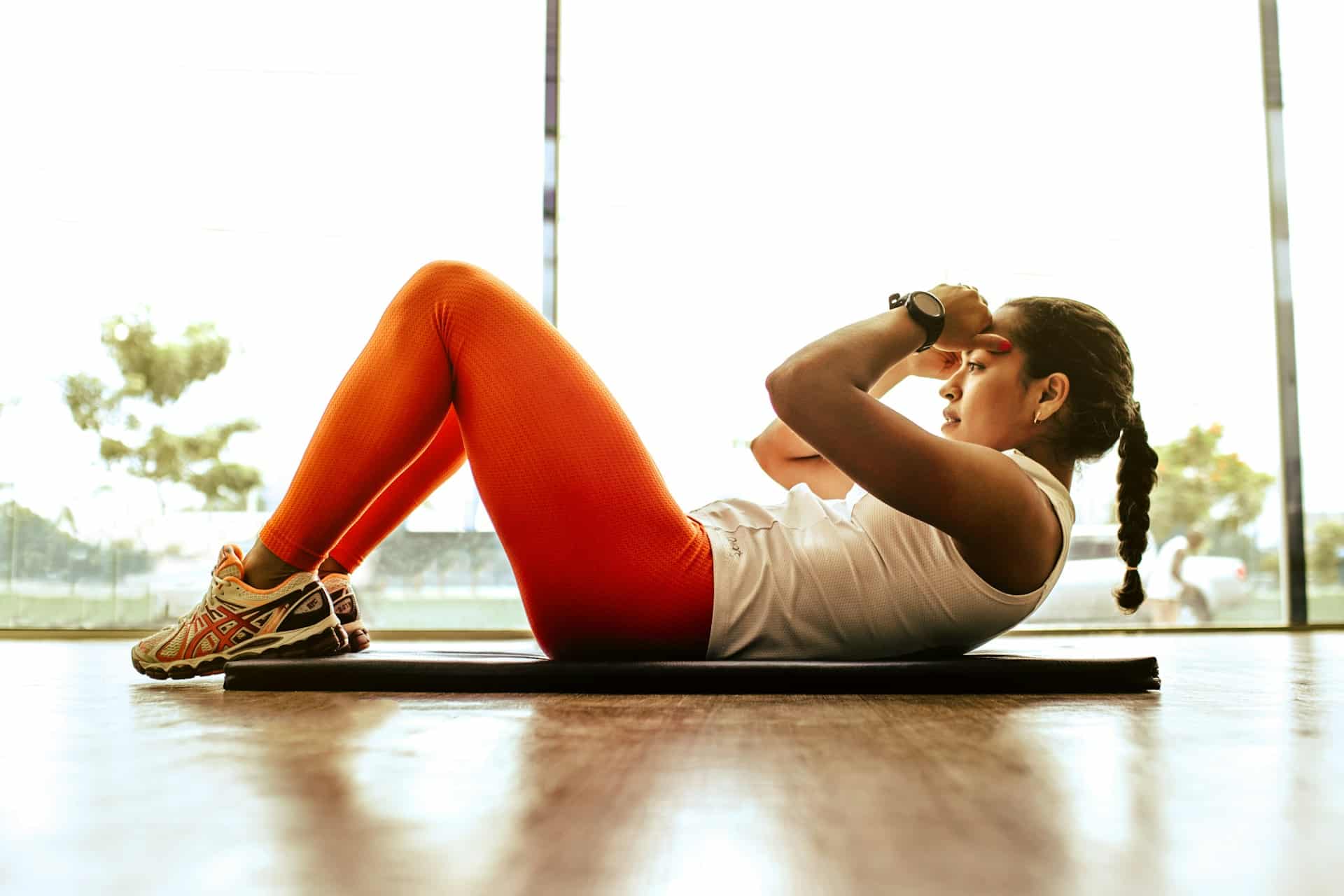Performance in sports is a combination of various aspects – strength, speed, sprint time, balance, and stability. For athletes, particularly ice hockey players, these factors play a crucial role in shaping their competitive edge. One unconventional method that has recently gained traction for enhancing athletic performance is dance-based workouts. This article explores how integrating dance-based workouts into the training programs of professional ice hockey centers can contribute significantly to their performance on the ice.
The Importance of Coordination in Professional Hockey
Professional hockey is a high-speed sport that requires a myriad of skills from its players. At the center of these skills is coordination. Ice hockey players, especially those playing at the center positions, need exceptional hand-eye and body coordination to maintain control over the puck while dodging opponents and maintaining their balance on the slippery ice.
A lire également : What Are the Safest Techniques for Introducing Weightlifting to Adolescent Athletes?
Coordination is the key to efficiency in movement, enabling players to react quickly, move fluidly, and maintain stability even in the most challenging game scenarios. Without proper coordination, even the most powerful and swift athletes may fumble during critical moments, causing setbacks for their entire team.
Incorporating Dance-Based Workouts into Hockey Training
Dance, often viewed as an art form, is also a highly physical activity that demands agility, balance, and coordination. Dance-based workouts are structured exercises that incorporate dance movements aimed at enhancing physical fitness and body control. These workouts can be an innovative and engaging addition to the training programs of hockey players.
Sujet a lire : What’s the Role of Hydration Sensors in Preventing Heat Illness for Marathon Runners?
Hockey centers, with their pivotal role in controlling the puck and making strategic plays, can benefit immensely from these workouts. The dance movements can help them learn how to coordinate their limbs better, improve their agility, and become more aware of their bodies in space.
Enhancing Speed and Sprint Time through Dance Workouts
On the ice, speed is of the essence. The quicker a player can move, the better their chances of outmaneuvering opponents and reaching the goal. Dance workouts, with their rhythmic and quick-paced movements, can be an effective tool for improving speed and reducing sprint time in hockey players.
These workouts involve a series of fast, explosive movements that train the muscles to contract and relax rapidly. This, in turn, can enhance the players’ ability to sprint, move swiftly in different directions, and jump when necessary.
Strengthening Power and Balance with Dance Movements
Just like hockey, dance requires a great deal of strength. However, the strength needed in dance extends beyond sheer muscle power. It involves control over the body, stability, and balance. Incorporating dance-based workouts into hockey training can help centers increase their overall body strength, improve their balance on the ice and enhance their stability during movement.
Dance workouts include a variety of movements that work different muscle groups, promoting overall strength. They also involve a lot of balancing exercises that can improve the centers’ ability to stay upright on their skates, even when making sharp turns or during intense body contact.
Improving Flexibility and Range of Movement
Flexibility is another fundamental aspect of performance in ice hockey. It allows players to make wide strides, reach for the puck, and avoid injuries during collisions and falls. Dance-based workouts, known for their focus on stretching and flexibility, can be an excellent way to increase the range of movement in hockey players.
With regular dance workouts, the centers can improve their flexibility, thereby enhancing their stride length, reach, and ability to avoid injuries. They also become more agile, further improving their performance on the ice.
While the concept of using dance-based workouts in hockey training may seem unorthodox, it opens new possibilities to enhance the performance of players. It presents a unique, engaging, and fun way to work on vital skills like speed, strength, stability, and most importantly, coordination. So, the next time you see an ice hockey center gracefully pirouette or pull off a swift dance move, remember – there is method in the dance madness.
The Role of Dance-based Workouts in Injury Prevention and Rehabilitation
Hockey, like any other contact sport, exposes players to a high risk of injuries. The high speed, intense body contact, and the slippery nature of the ice increase the likelihood of falls, collisions, and accidents. Injury prevention and rehabilitation, therefore, become a crucial part of any hockey player’s performance training regime.
According to research available on Google Scholar, dance-based workouts can play a crucial role in preventing injuries and aiding in the rehabilitation of injured athletes. These workouts emphasize control, stability, and precise movement, all of which are fundamental in preventing injuries. They also promote flexibility, which is crucial for avoiding strains and sprains during the game.
Dance workouts also provide a low-impact option for rehabilitation. They allow athletes to maintain their fitness levels, improve their core stability, and gradually regain their strength without putting undue stress on their injuries. For instance, a hockey player recovering from a knee injury can benefit from the controlled, low-impact movements in dance workouts.
Moreover, dance-based workouts can contribute to the enhancement of a hockey player’s vertical jump performance. This ability can be significantly useful when attempting to avoid an opponent or block a shot during a game.
Dance-Based Workouts: A Revolutionary Approach to Hockey Training
The inclusion of dance-based workouts in the training program of professional ice hockey centers represents a revolutionary approach to sport performance enhancement. It challenges the traditional strength training methods and introduces a novel way to improve skating speed, coordination, and overall athletic performance.
Studies conducted by various sciences universities have shown the positive impact of dance workouts on athletes, including soccer and football players. These studies highlight improved coordination, agility, and core stability among athletes who incorporated dance into their training regimes.
In conclusion, dance-based workouts can significantly enhance the performance of hockey players. They offer an innovative, engaging, and proven method to improve coordination, speed, power, balance, flexibility, and injury prevention. As such, incorporating these workouts into the training program of professional ice hockey centers presents a unique opportunity to redefine the approach to hockey training and performance enhancement.
Embracing dance-based workouts can lead to a significant improvement in the performance of hockey centers, allowing them to exhibit a more fluid movement, better control over the puck, improved stability, and resilience in the face of challenges on the ice. Therefore, it is essential for coaches, athletes, and relevant sports institutions to consider these benefits and explore the potential that dance-based workouts hold for transforming hockey training. Remember – in the world of professional sports, any edge can make the difference between victory and defeat.











